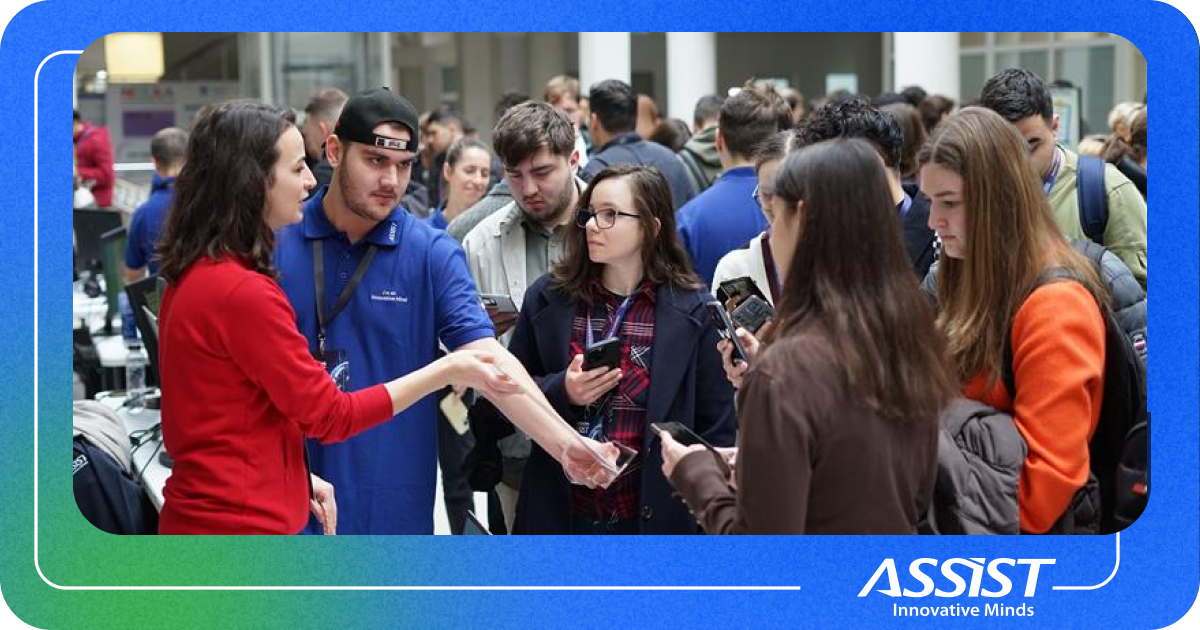When Your Operations Have a Mirror. The Power of Digital Twins and AI

An entire production line, office environment, or even a fleet of ships can have a perfect virtual replica - a mirror image that behaves exactly like its real-world counterpart. This is a digital twin.
Digital twins are revolutionizing industries by creating virtual models of physical entities and allowing businesses to simulate, predict, and optimize performance in ways we could only dream of a decade ago. When coupled with artificial intelligence (AI), these twins offer unprecedented levels of insight and automation, ushering in the next wave of productivity and efficiency.

Deeper Dive in the Concept of Digital Twins?
A digital twin enables businesses to monitor operations closely, simulate various scenarios, and test hypotheses without disturbing real-world workflows.
However, let us not consider it just a passive digital replica. It evolves with the real-world object it mirrors, collecting data, making predictions, and adjusting itself based on insights gathered from AI and machine learning (ML) algorithms. This unique feature allows organizations to make vital decisions that improve outcomes before problems arise.
Read more:
Digital Twins in Action: More Than Just Production Lines
Though often associated with manufacturing, digital twins extend far beyond the factory floor. They are making energy, logistics, healthcare, and even urban planning waves. Take, for instance, their use in city simulations. Cities can now model traffic flows, construction, and public services, enabling them to better plan expansions and manage resources. With real-time data, they can quickly adapt to emerging issues, like traffic jams or public safety concerns.

In healthcare, digital twins are helping doctors simulate patient responses to treatments, optimize surgical procedures, and personalize care pathways. Hospitals use them to streamline operations, reduce wait times, and improve bed management.
Similarly, businesses now leverage digital twin simulations to explore complex scenarios like supply chain disruptions, warehouse management, and energy optimization. The result? Organizations gain actionable insights to boost productivity while cutting costs and resource waste. One McKinsey study found that companies using digital twins for operational improvements saved 25% in energy consumption alone.
Blending AI with Digital Twins Is a Power Move
Pairing AI with digital twins pushes the envelope further. AI helps analyze the massive amounts of data produced by digital twins, uncovering patterns and identifying optimization opportunities. Through machine learning, digital twins become more than a passive tool -they become proactive agents, capable of making predictions and recommendations.
In an industry setting, AI-powered digital twins can fine-tune production lines, predict equipment failures, and optimize supply chain logistics. AI enables digital twins to automatically reconfigure themselves based on real-time data, ensuring that the virtual model is always in sync with its physical counterpart. This is particularly valuable in environments where minimizing downtime is critical - such as power plants, transportation networks, and mission-critical infrastructure.

The Practical Part: How to Start Conquering Productivity?
As industries worldwide begin to recognize the transformative power of digital twins, our experts are at the forefront of these developments. Next week, Tudor Andronic will present at THE GROW KI-Summit 2024 in Düsseldorf, where he'll showcase how digital twins and AI are shaping the future of industries, from manufacturing to maritime. Together with an ASSIST Software team, Tudor can discuss true innovation with members of this exclusive German entrepreneurs club.
Developers and business leaders attending the event will have an invaluable opportunity to learn how these technologies can be integrated into their own operations.
"The revolution in productivity, efficiency, and sustainability is already here—and digital twins are at its core. Whether you're in manufacturing, logistics, healthcare, or energy, the question is not if you'll adopt these technologies but when."
TwinShip: Sailing Toward a Greener Future
ASSIST Software experience spans multiple industries, including aerospace and maritime, where we continue to successfully combine digital twins with AI to develop innovative, high-performance systems.
A prime example is the TwinShip project, which ASSIST Software is part of.

Funded under the prestigious Horizon Europe program, TwinShip aims to reduce greenhouse gas emissions in the maritime industry by using digital twins, AI, and advanced machine learning.
This project creates digital twins of vessels, ports, and entire shipping routes, allowing the industry to simulate and predict operational efficiencies. TwinShip's ultimate goal is to reduce maritime emissions by 30-40% by 2030, with an ambitious net-zero target by 2045. The project is unique not just for its environmental goals but also for the collaborative nature of its consortium, which includes industry leaders from ship design, maritime technology, and academia.
The system developed as part of TwinShip provides real-time feedback and suggestions for optimal fuel usage, port coordination, and route optimization, all enabled by data from the digital twin environment. It is a forward-thinking initiative that is helping the maritime industry navigate a more sustainable course, all while improving operational efficiency.

The future is not just about having more data—it's about making sense of that data in real-time, and digital twins enhanced by AI are the tools that can make that happen.



